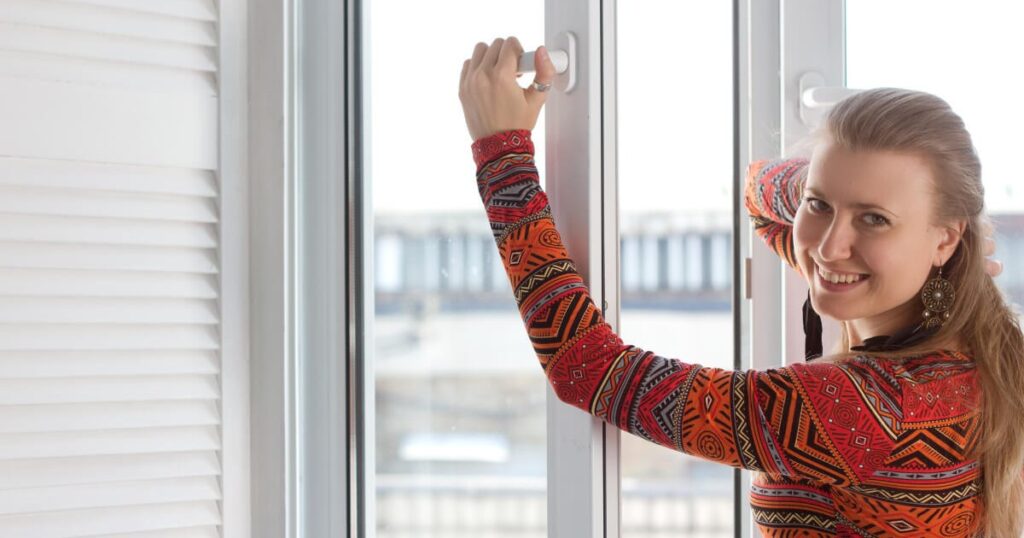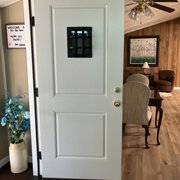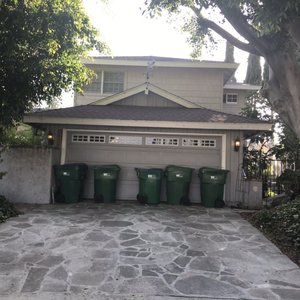As homeowners prioritize energy efficiency, they constantly seek innovative home improvement solutions. Energy-saving windows have emerged as a popular option. This in-depth guide on energy-efficient windows will delve into their unique features, installation process, and overall advantages, providing a clearer understanding of their value.
Demystifying the Components of Energy-Saving Windows
Energy-efficient windows outshine traditional windows through several key aspects: window frames, panes, glass, and additional technologies that optimize their performance.
Window Frames: A Vital Aspect of Energy Efficiency
If your home retains its original windows, aluminum frames are likely present. While functional for traditional windows, aluminum’s conductive nature reduces energy efficiency by allowing air transfer.
Conversely, energy-saving windows employ vinyl or fiberglass frames, which serve as superior insulators, minimizing heat transfer and boosting energy efficiency. Wood and composite frames can also provide excellent insulation, although they might require more maintenance than vinyl or fiberglass.
Window Panes: Enhancing Insulation Through Multiplicity
Older windows usually feature a single pane of glass, permitting heat transfer during colder months. Contrary to popular belief, single-pane windows inadequately insulate against external temperatures.
Contemporary energy-efficient windows present double or triple-pane glass alternatives, delivering superior insulation and promoting energy conservation. These multi-pane windows contain gas-filled spaces, further improving their insulative properties.
Window Glass: The Key to Energy Conservation
Energy-saving windows incorporate insulative properties in their glass. Options such as argon or krypton gas-filled windows minimize air transfer, bolstering insulation, and energy efficiency. Argon is commonly used due to its lower cost and effectiveness, while krypton offers even better insulation but is more expensive.
Low-emissivity (Low-E) glass is another sought-after choice, characterized by a thin external layer that reflects UV rays and controls infrared light. This advanced glass improves insulation and safeguards carpets, furniture, and personal items from sun damage. Low-E coatings come in varying grades, allowing homeowners to choose the level of solar heat gain and insulation that best suits their climate and home orientation.
Additional Technologies for Enhanced Performance
Energy-efficient windows can also include features like warm-edge spacer bars that separate the glass panes, reducing heat transfer and condensation. Furthermore, some energy-saving windows employ advanced weatherstripping techniques to minimize drafts and air leakage, further improving their energy-saving capabilities.
Evaluating Window Installation Costs: A Strategic Undertaking

While upfront costs for energy-efficient windows exist, the long-term savings outweigh the initial expenditure. Collaborating with a trustworthy home improvement company specializing in window replacement guarantees a smooth, customized installation.
DIY installations are not recommended, as expert assistance ensures appropriate window selection and precise fitting. Professionals can also help homeowners understand the differences between various energy-saving features, such as gas fills, Low-E coatings, and spacer systems, enabling them to make informed decisions based on their unique needs and budget.
Understanding Energy Performance Ratings
When selecting energy-efficient windows, it’s essential to consider their energy performance ratings. The National Fenestration Rating Council (NFRC) provides a standardized rating system that measures various aspects of window performance, including:
- U-Factor: The rate of heat transfer through the window. Lower values indicate better insulation.
- Solar Heat Gain Coefficient (SHGC): The amount of solar heat allowed through the window. Lower values minimize solar heat gain, which is particularly beneficial in warmer climates.
- Visible Transmittance (VT): The amount of visible light that passes through the window. Higher values indicate more natural light transmission.
- Air Leakage (AL): The air that passes through the window. Lower values indicate less air infiltration, improving insulation and energy efficiency.
The Ultimate Assessment: Is Investing in Energy-Saving Windows Worthwhile?

The distinct characteristics of energy-efficient windows have demonstrated exceptional efficacy. Investing in these windows is budget-friendly and can reduce monthly utility bills. According to the U.S. Department of Energy, energy-efficient windows can save homeowners between $126 and $465 per year, depending on their location and the type of windows being replaced.
Adopting an eco-conscious approach offers numerous benefits, such as increased property value and heightened comfort levels. Research has shown that energy-efficient windows can significantly reduce noise pollution, improving your home’s indoor environment. Additionally, these windows are known for reducing condensation, which can help prevent mold growth and maintain better indoor air quality.
Transform your home’s interior with energy-saving windows and experience their impact firsthand. Contact a professional window provider to explore various replacement window options tailored to your home’s requirements.
Maximizing the Benefits of Energy-Efficient Windows
While energy-efficient windows offer substantial advantages, pairing them with other energy-saving strategies is essential to maximize their benefits. Consider the following tips to enhance your home’s energy efficiency further:
- Proper insulation: Ensure your home is adequately insulated, particularly in the attic and walls, to minimize heat transfer and maintain comfortable indoor temperatures.
- Weatherstripping and caulking: Seal gaps and cracks around doors, windows, and other openings to prevent drafts and air leaks.
- Energy-efficient doors: Invest in energy-saving doors that complement your energy-efficient windows, providing additional insulation and improving your home’s overall energy performance.
- Smart thermostat: Install a programmable or smart thermostat to optimize temperature settings and reduce energy consumption when you’re not at home.
- Window coverings: Utilize blinds, shades, or curtains to block sunlight and heat during the hottest parts of the day, particularly for windows facing south or west.
Energy-saving windows represent a smart investment for homeowners seeking an energy-efficient lifestyle. Their innovative features, including advanced frames, multi-pane glass, and insulative technologies, contribute to long-term savings and enhanced comfort. By partnering with a reputable home improvement company and implementing complementary energy-saving strategies, you can fully experience the transformative potential of energy-efficient windows.



























